The State of Robotics, May & June 2022
Monthly robotics news blog. Discover the latest products, research, tutorials, and security news for robotics.
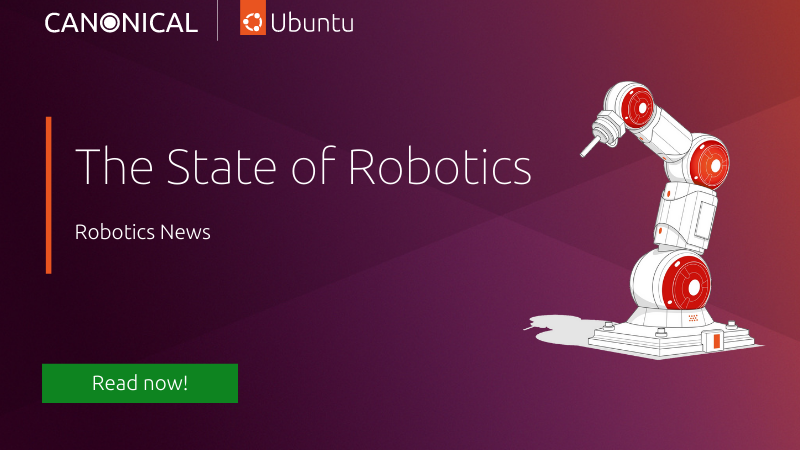
The State of Robotics
This article was first published on
ubuntu.comThe State of Robotics – May & June 2022
In May, robotics felt the waves of the Hawksbill and Jellyfish. Last month brought us the first LTS for ROS 2, Humble Hawksbill. As part of the ROS community, we welcome this new release and congratulate everyone who made it possible.
In this round-up, we will talk about ROS, drones, football and robots that eat scrambled eggs.
Yep, enjoy ;)
And don't forget that you can also share your story. We would love to feature it in our next blog. Just email us at robotics.community@canonical.com
Security for robotics
Critical vulnerabilities found in hospital robots
Five critical bugs were recently found in TUG autonomous mobile robots. These internet-connected robots are being used at hundreds of hospitals around the world to deliver medicine and maintenance supplies.
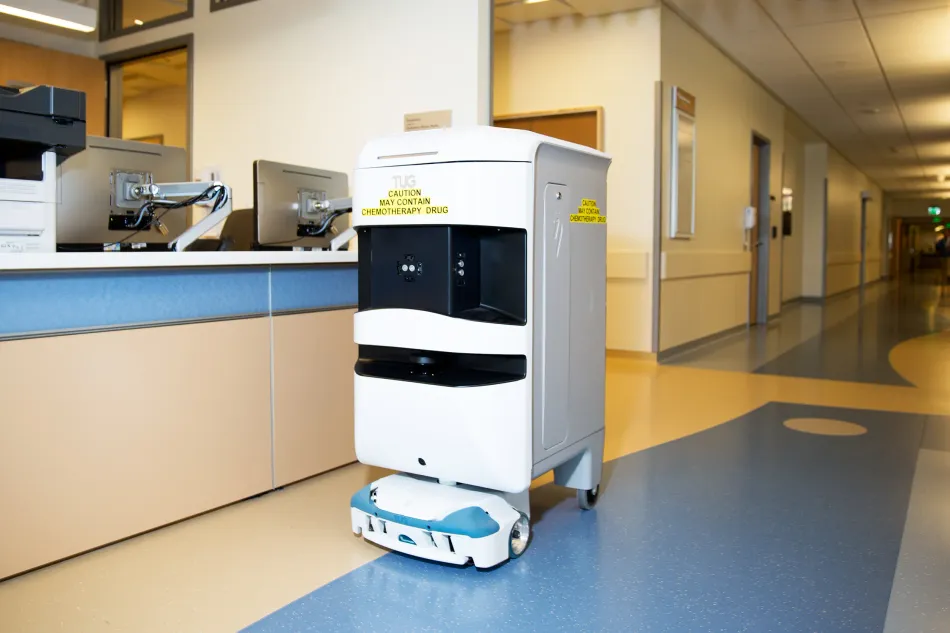
The zero-day vulnerabilities (CVSS scores ranging from 7.6 to 9.8), collectively called JekyllBot:5, required a low skill set and could be exploited without any special privileges or user interaction. When exploited, they enabled remote attacker control of the robots and access to real-time camera feeds and device data. The vulnerabilities originated in TUG Homebase Server's JavaScript and API implementation, and a WebSocket that relied on absolute trust between the server and the robots to relay commands to them. Some HTML vulnerabilities on the web portal page also allowed an attacker to insert malicious Javascript code on any computer that requested data about the robots. Cynerio, the threat research firm that discovered the bugs, immediately notified hospitals using the robot.
Attacks on hospital robots could have critical consequences that impact patient care, such as disrupting or blocking drug delivery or even causing damage by crashing them into people or objects. Thankfully, none of these vulnerabilities were exploited in the wild. All five bugs have now been fixed for all TUG base server versions before version 24.
ROS 2 Humble, Ubuntu 22.04 and Ubuntu Core 22
With the release of Ubuntu 22.04, we have a new release of ROS 2 Humble Hawksbill. This long-term support (LTS) release is the first LTS for a ROS 2 distribution. These 5 years of support show the maturity that ROS 2 has achieved. As such, it brings several features:
Type adaptation: In rclcpp, you can work with custom data structures and have them implicitly converted to be sent over the ROS network, or passed directly if you’re using interprocess communication. This is convenient for working with complex data structures like images.
launch_pytest: A pytest plugin for writing tests in Python.
Frontend support for composable nodes: Composable nodes can now be specified in launch files.
Content filtered topics: Subscribers can filter which types of messages they want to see.

And what better match for Humble Hawksbill than Jammy Jellyfish. Ubuntu 22.04 is now generally available, featuring significant leaps forward in cloud confidential computing, real-time kernel for industrial applications, and enterprise Active Directory, PCI-DSS, HIPAA, FIPS and FedRAMP compliance. This release raises the bar for open source from cloud to edge, IoT and workstations.
For robotics development these are the most attractive features in this new distribution:
Real-time kernel for Ubuntu, with the PREEMPT_RT patchset integration. This enables extreme latency-dependent use cases, providing deterministic response times to service events. Available for x86_64 and AArch64.
FIPS-certified Ubuntu images that make it easy for companies to fulfil different industrial compliance requirements (e.g. PCI-DSS, HIPAA and FedRAMP).
OVAL integration for vulnerability and patch definitions to enable auditing for Common Vulnerabilities and Exposures (CVEs)s.
Active Directory is now fully supported in the Ubuntu installer with Advanced Group Policy Object and allows more refined user permissions and script execution control from within Active Directory.

Together with 22.04, we also released Ubuntu Core 22. Canonical announced that Ubuntu Core 22, the fully containerised Ubuntu 22.04 LTS variant optimised for IoT and edge devices, is now generally available for download from ubuntu.com/download/iot. Combined with Canonical’s technology offer, this release brings Ubuntu’s comprehensive and industry-leading operating system (OS) and services to a complete range of embedded and IoT devices.
For those deploying robotics devices to market, Ubuntu Core 22 brings these new features:
It provides a path to upgrade UC20 systems to UC22 and backward compatibility of the new features to UC20.
Validation set that specified what applications are either required to be installed together or are permitted to be installed together on a device or system.
Quota group sets to limit services inside applications like maximum memory and CPU usage.
To learn more about the new features on Core 22 check the next blog.
Skybrush going Open Source
We stand behind open source projects since they make way for innovation. Just take a look at Skybrush, a drone-show management platform. In early May, Skybrush announced the release of their ultimate multi-UAV mission and drone show management platform as an open-source project.
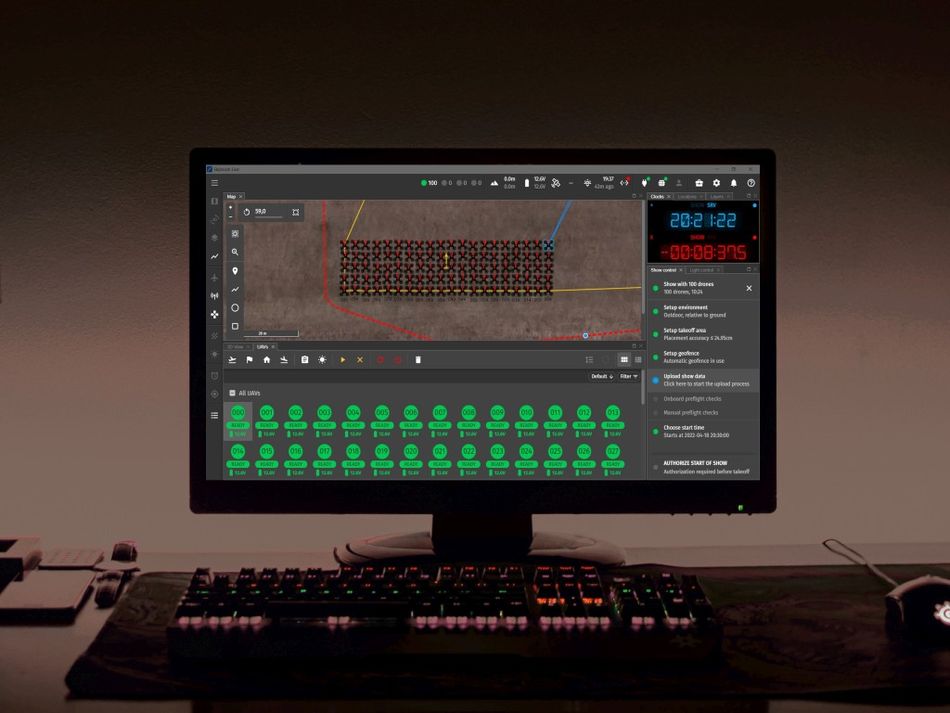
Skybrush has also advanced on the drone swarm research front, with 30, 50, and up to 100 autonomous drones flying together in different cooperative scenarios. Besides putting on an impressive show, the drone orchestration platform can be used in other industries. It has practical applications for agriculture, surveillance and delivery - among other use cases.
Making drone nests with Wings
Looking for another drone use case? Check Wing and their drone delivery system. Wing is growing in Australia. The company allows small businesses to access a delivery infrastructure. Companies can ship their products through a system of different bases in the city, called wing nests. Once on the wing nest, drones can travel up to 6 miles in 6 minutes. This covers a wide range of houses. The delivery zones can expand as more wing nests get added to the network.
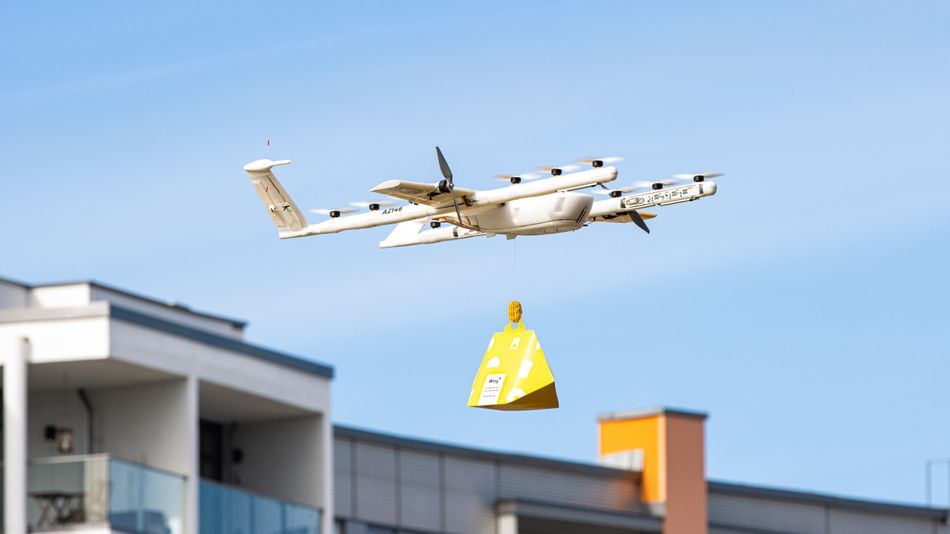
Drones and strong winds
To autonomously perform delivery tasks, drones need to be able to adapt to wind conditions in real-time. This is a field that is not well understood yet. A team of engineers from Caltech is expanding our knowledge in this area. They developed Neural-Fly, a deep-learning method that can help drones cope with new and unknown wind conditions in real-time by incorporating pre-trained representations through deep learning. Take note, drone fans.

Neural-Fly uses an algorithm to learn the shared representation, using only 12 minutes of flight data. With the learned representation, Neural-Fly achieves precise flight control with substantially smaller tracking errors. It’s been used to improve drone performance at wind speeds ranging up to 43.6 kilometres/hour.
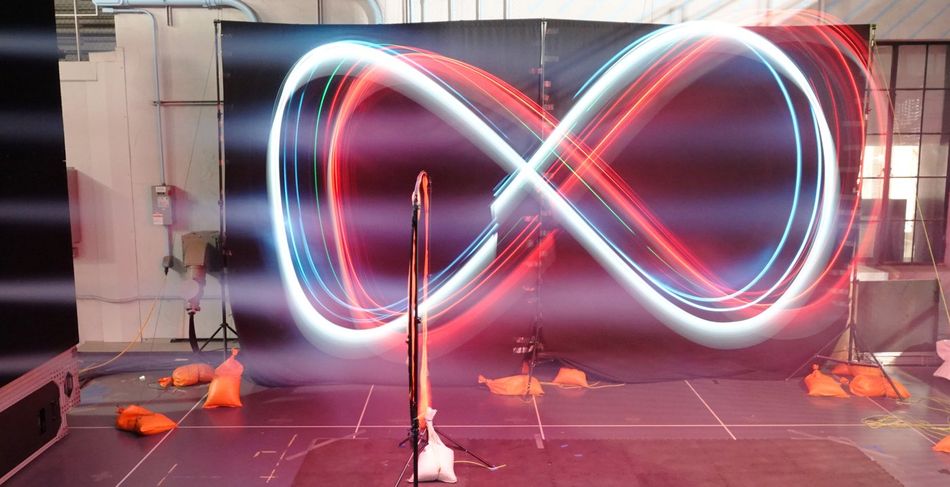
Eating robot
This news entered a new category. A food-tasting robot? Yes, a food-tasting robot. Researchers from the University of Cambridge trained Beko to assess the saltiness of a dish at different stages of the chewing process, imitating a process that is similar in humans. Beko, who has already been trained to make omelettes, tasted nine variations of scrambled eggs and tomatoes at three different stages of the chewing process. The researchers attached a conductance probe to the robot’s arm, which acts as a salinity sensor.

Their results showed a significant improvement in robots’ ability to assess saltiness over other electronic tasting methods. In case you were wondering, the food was blended to imitate the change in texture caused by chewing.
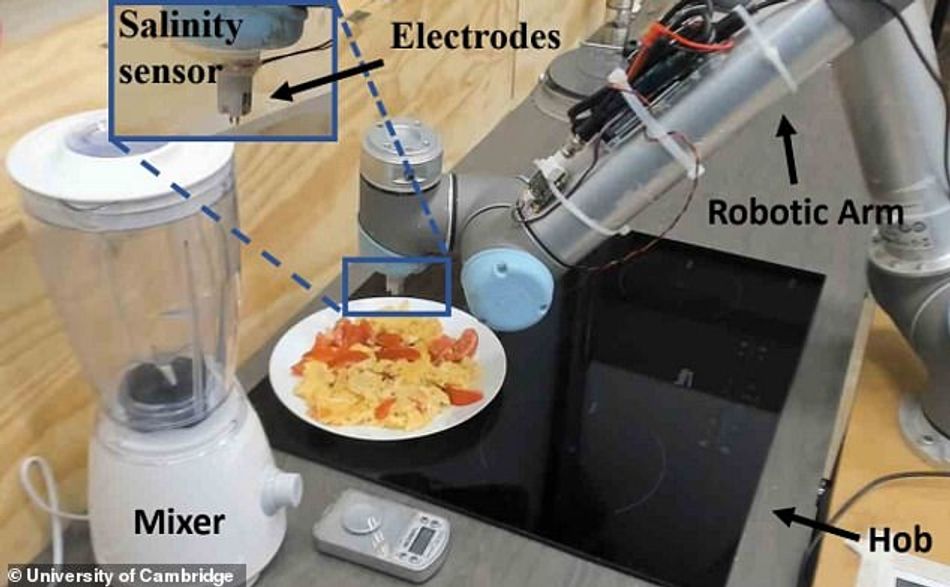
Open source robotics – white papers
We recently published a whitepaper about the importance of choosing the right OS for your robot. Picking the right OS could make a big difference in factors like security, maintenance and infrastructure for deployment. Review the implications and explore why so many developers chose Ubuntu.
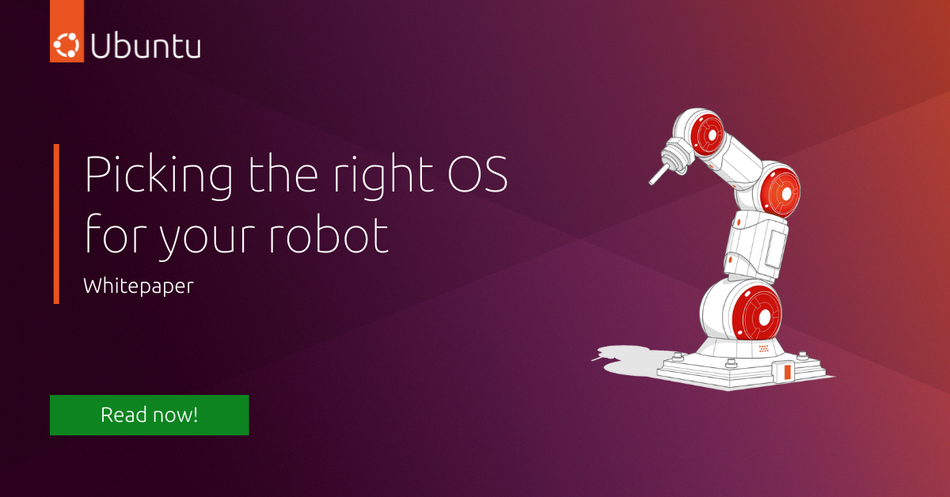
Open source robotics – video news
Another month, another video. More news, more applications, more robots!
If you want us to feature your robotics application, just send us an email at robotics.community@canonical.com.
Open-source robotics – ROS 2 in Ubuntu with LXD tutorial
Do you want to test ROS 2 Humble? If you want to test compatibility and keep your current Ubuntu (20.04, 18.04,…) environment stable until you know you are ready to upgrade, you can do that with LXD containers. Read our tutorial to find out how.
Robot Makers - Chapter 2
Did you miss the interview with Akara Robotics CEO Conor McGinn? Don’t worry, the video is now available on-demand. If you want to learn about the funding landscape for robotics startups, the best sources of funding and good guidelines, this webinar is for you.
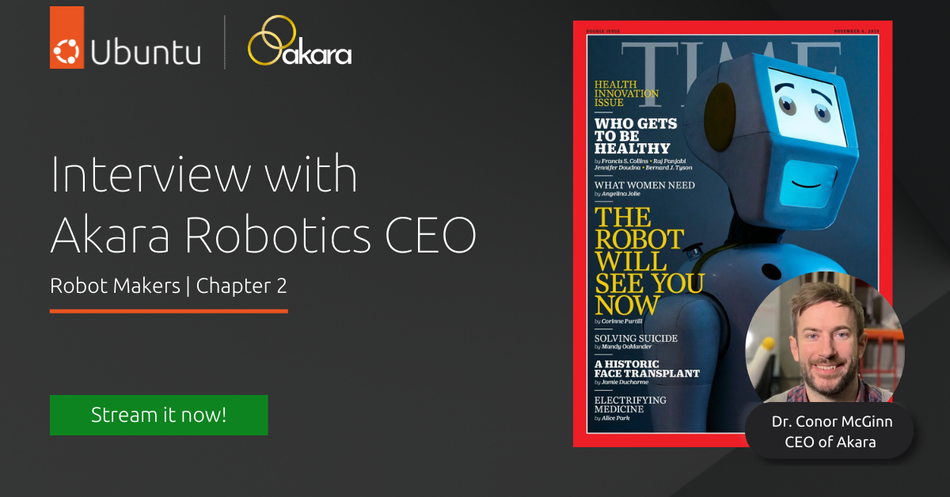
Stay tuned for more robotics news
As always, we would love to hear from you. Send a summary of your robotics innovation and project to robotics.community@canonical.com, and we will share it in our next robotics newsletter or monthly video. Thanks for reading!